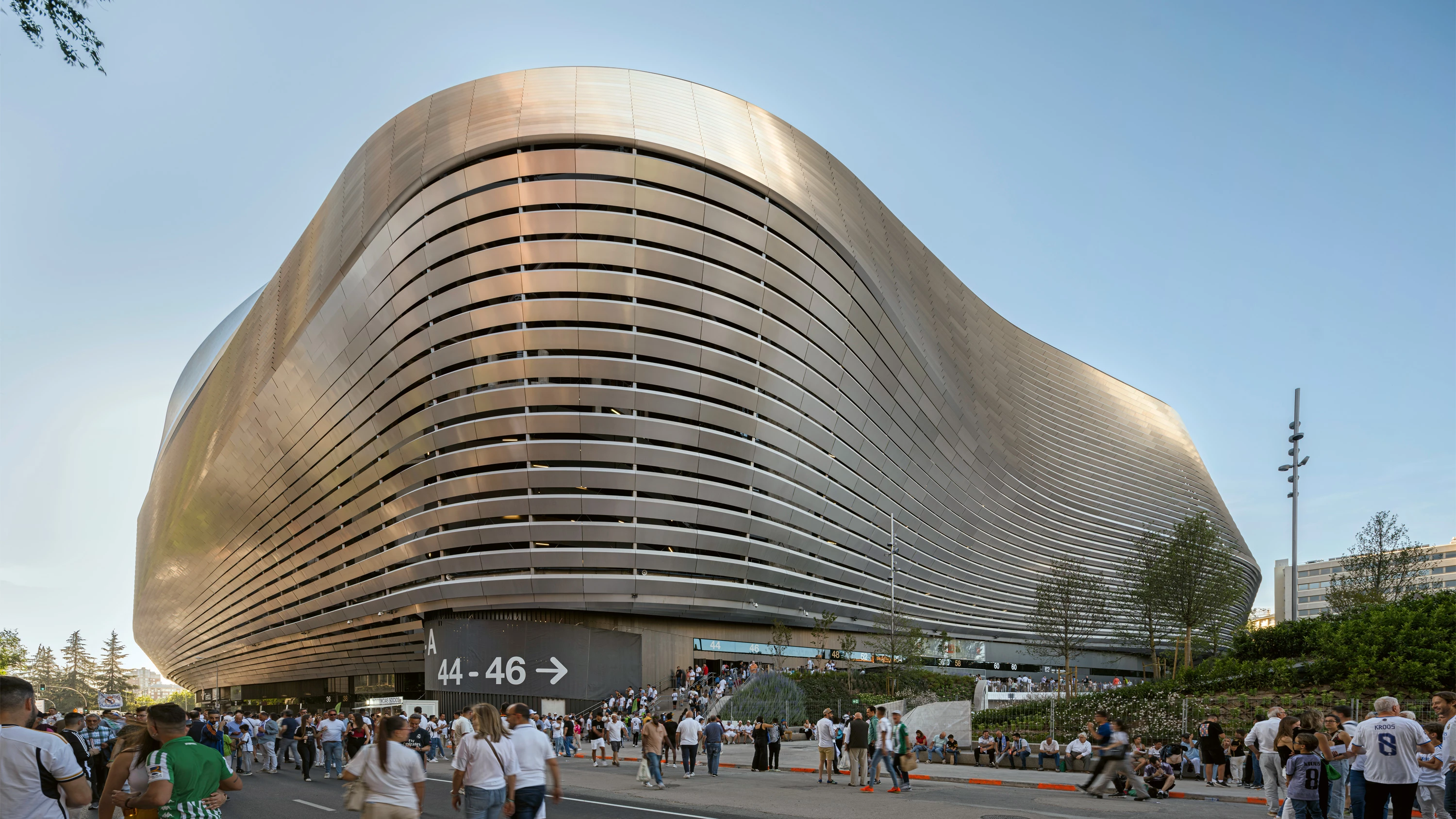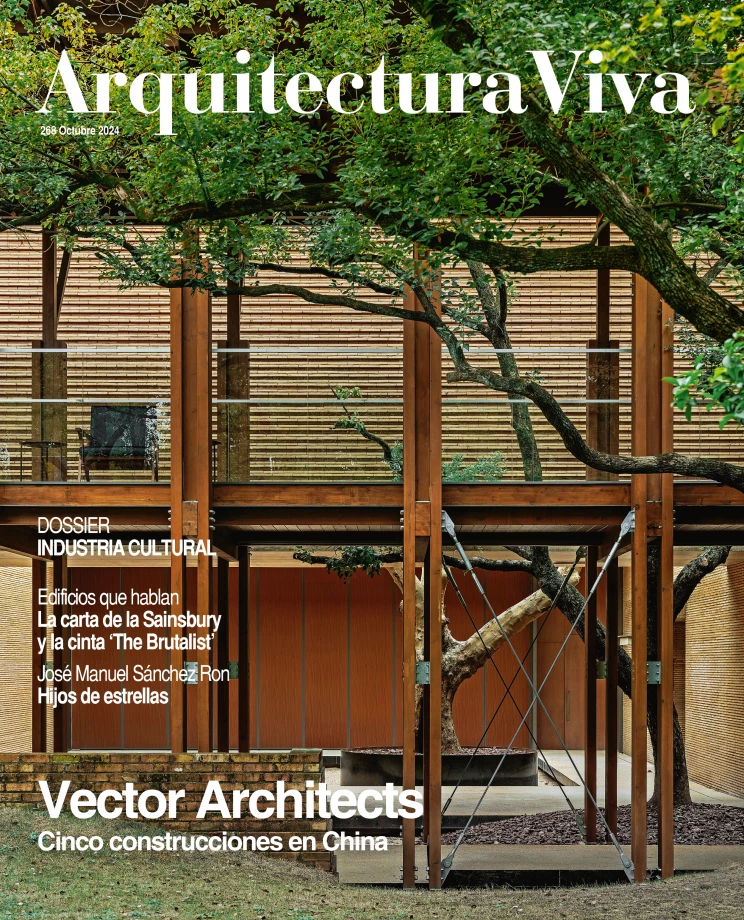
Football clubs renew their T-shirts in a seasonal mutation that leads to ever more sophisticated technology for textiles and patterns, supposedly for the greater comfort of players but in essence involving minimal changes with the sole purpose of making merchandising sales shoot up. Aware that the future of the king of sports has less to do with the ball than with all that surrounds it, Real Madrid this year has spruced up not only the apparel of its team, but also that of its stadium, the purpose being to energize it and make it a venue for huge spectacles. But, as happens with the new shirts, the colossal construction – an old dream of club president Florentino Pérez – has as much of the superficial as it has of high-tech, with its engineering feat of covering the stadium while retracting the grass in a hypogeum, hidden behind a careening floater which, covering the old structure, gives it a ‘galactic’ look for the enjoyment of tourists.
Prioritizing commercial space over seating capacity, the project has garnered reactions whose scope goes beyond the architecture of L35, gmp, and Ribas & Ribas, given that the idea of making the most of the place when there are no matches scheduled has turned it into a focus of massification and noise, to the detriment of the neighborhood. The board has fortunately not gone for the ‘easy’ solution of moving it to the outskirts, but the coexistence with other activities – which pays for the costly revamp – has not been studied very carefully. And between awards for best football venue and a string of legal processes, Madrid’s young no longer know whether to be glad to be going to see Mbappé or Taylor Swift.







